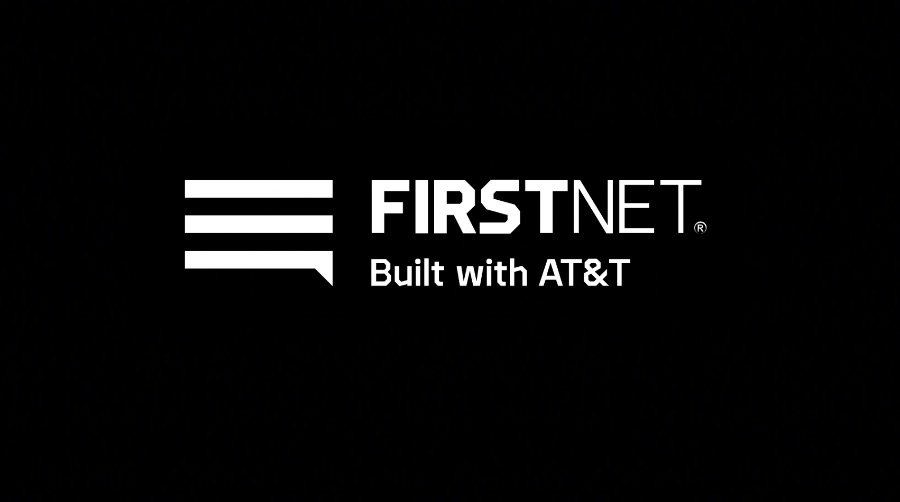
AT&T, the designated contractor for the FirstNet Authority (FNA), which oversees the nationwide public-safety broadband network (NPSBN), has publicly announced its support for the Public Safety Spectrum Alliance (PSSA) proposal. This proposal seeks to grant the FNA a direct or indirect nationwide license for the 4.9 GHz public-safety spectrum.
After two years of silence on the 4.9 GHz issue, AT&T has formally backed the PSSA proposal in a detailed 15-page filing with the Federal Communications Commission (FCC). The filing was released publicly on Friday.
"Allowing the FNA to access the 4.9 GHz spectrum will accomplish the Commission’s most important goals: supporting public safety and promoting efficient spectrum use," stated AT&T in their filing. "The Commission should facilitate the FNA’s access to the 4.9 GHz spectrum consistent with the PSSA approach outlined herein, because it is lawful and serves the public interest."
Initially, the PSSA proposed that the FCC grant the FirstNet Authority a direct nationwide license for the 4.9 GHz spectrum, which has historically been dedicated to public safety but is believed to be underutilized. Recently, the PSSA has supported an alternative approach involving a band manager holding the nationwide 4.9 GHz license, with a mandatory sharing arrangement with the FirstNet Authority.
AT&T's filing focuses on this alternative, advocating that the FCC has the legal authority to implement the PSSA’s 4.9 GHz proposal. The filing addresses and counters opposing arguments, stating that the PSSA proposal is both lawful and in the public interest.
The filing also refutes claims from the Coalition for Emergency Response and Critical Infrastructure (CERCI) and Verizon that the PSSA proposal would unfairly benefit AT&T. These claims suggest that AT&T would gain spectrum access through its contract with the FirstNet Authority. AT&T clarifies that under the PSSA proposal, the license would go to a Band Manager, who would then allow the FNA to use the 4.9 GHz band for NPSBN upgrades, with no direct spectrum authorization for AT&T.
"AT&T would gain no license, lease, or other spectrum-use authorization for any 4.9 GHz band spectrum," the filing states. "The FNA has a contract with AT&T to maintain and operate the NPSBN, and AT&T may use excess network capacity on a secondary, interruptible basis."
The PSSA proposal includes additional oversight layers for the 4.9 GHz spectrum. "AT&T is contractually required to adhere to the rules and conditions set forth by the FNA, including applying FirstNet Quality of Service, Priority, and Preemption to the NPSBN," the filing emphasizes.
AT&T’s rival Verizon has opposed the PSSA proposals, urging the FCC to implement a competitive bid process for access to the 4.9 GHz spectrum if the PSSA approach is adopted. AT&T points out that it was the only nationwide wireless carrier to bid for the FNA contract during the NPSBN buildout, highlighting its commitment to public safety communications.
The filing also addresses concerns about the PSSA proposal creating an unfair commercial advantage for AT&T, stressing that the FirstNet Authority’s mandate is not commercial in nature.
CERCI, a consistent opponent of the PSSA proposal, reiterated its stance following AT&T’s filing. CERCI Chair Kenneth Corey claimed that the proposal is a means for AT&T to gain spectrum for its own use, potentially harming public safety users.
AT&T counters these assertions, emphasizing that incumbent users would be protected under the PSSA proposal and coordinated by the nationwide band manager.
"The NPSBN has been a remarkable success, delivering modern capabilities, broad coverage, and robust capacity needed by first responders," the filing states. "The PSSA’s proposal ensures the FNA can build on this success by adding dedicated 5G spectrum to the NPSBN when and where needed by public safety, intensifying the use of the 4.9 GHz band while ensuring it remains dedicated to public-safety use."
